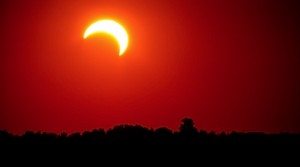 As a nature and wildlife filmmaker, weather and more importantly, the sun plays an important role in the video footage I capture.
As a nature and wildlife filmmaker, weather and more importantly, the sun plays an important role in the video footage I capture.
Overcast days can make woodland wildflowers look fantastic but make a landscape dull and lifeless. Clouds can add impact to a clear blue sky or thwart your attempt to film the super moon as it rises over a still Iowa river.
Most of the time, I adapt to whatever conditions Mother Nature decides to throw my way. But when it comes to an annular solar eclipse, the weather needs to work with you, not against you.
Iowa weather has a knack for spoiling most astronomical events. It can be clear as a bell for weeks on end until that one time you need clear skies and then you get rain.
I thought for sure I was going to get skunked again when I attempted to film a partial solar eclipse in the Hawkeye State.
Saturday arrived with blue skies and brilliant sunshine. However, a cold front would be moving through Sunday, the day of the eclipse and that meant clouds. All day long I watched the clouds pass overhead.
Looking at the radar, it looked like maybe the skies were clearing to the west. I decided I was going to drive west until the clouds cover broke up and find a place to film the eclipse.
Filming an Eclipse in an Unfamiliar Location
Once I knew I would have a clear view of the western sky I had to find a location to film the eclipse. You would think that in Eastern Iowa that would be a fairly simple task. But to find an area free from power lines and other man-made objects, I had to drive quite some distance down lonely gravel roads until I finally found a location that was slightly elevated and had a clear view of the horizon in the distance. Even then I could still see power lines in the distance but with the eclipse approaching quickly this spot would have to do.
But being exposed in an elevated position with strong winds meant camera shake. Of course it seemed that to get the tripod and camera out of the wind meant putting them behind my truck which would totally block the view of the eclipse.
To combat the wind, I lowered the tripod as much as possible, getting it low to the ground while still maintaining the height needed to see the horizon. I also placed a small sand bag over the camera to increase its mass and lessen the effects of the wind. It worked to some extent but when strong gusts came through there was nothing to do but hope that they didn’t last very long.
An annular solar eclipse occurs when the moon passes in front of the Sun and the Moon’s apparent diameter is smaller than the Sun, causing the Sun to look like a ring, blocking most of the Sun but not covering it completely like a total eclipse would.
In Eastern Iowa we would see only the beginning of the eclipse and only those in Western United States would see the full ring effect.
The Annular Solar Eclipse Begins!
It wasn’t long after I had finished setting up that the eclipse began. Although it wasn’t noticeable I knew by the time that the moon was now moving in front of the sun.
Because the eclipse was occurring near sunset I would only have a few minutes to film the maximum amount of coverage by the moon before they both sank below the horizon. It was amazing to watch the moon turn the sun into some sort of strange PacMan character.
In order to keep everything from totally blowing out I turned on my darkest neutral density filter, closed my iris to f11 and increased my shutter speed to 1/1000th. Even then the sun was totally washed out but I could clearly see in the viewfinder the moons march across the front of the sun.
As I watched the sun and moon finally sink below the horizon I couldn’t help but reflect for a moment how lucky I was to witness this astronomical magic. I continued to sit and watch the Western sky as the last hues of orange began to finally fade and realized that this is what nature filmmaking is all about.


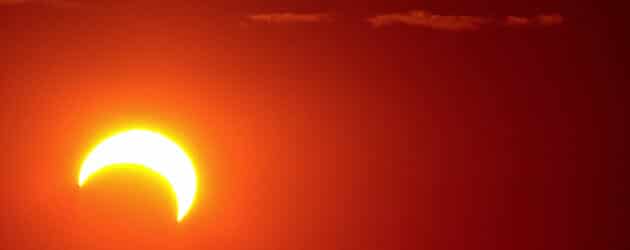
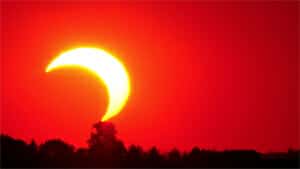
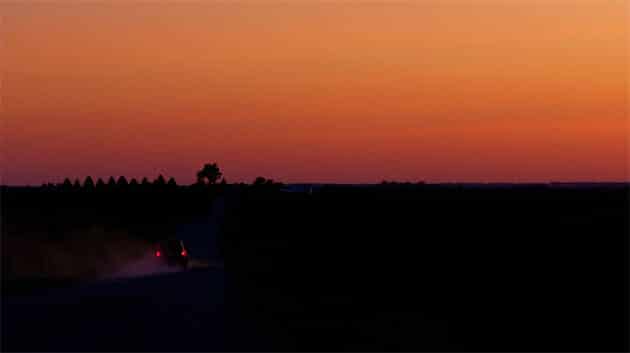
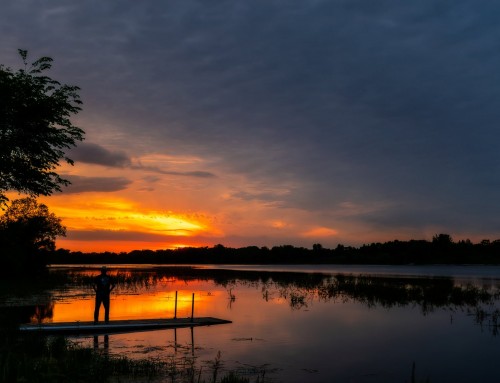
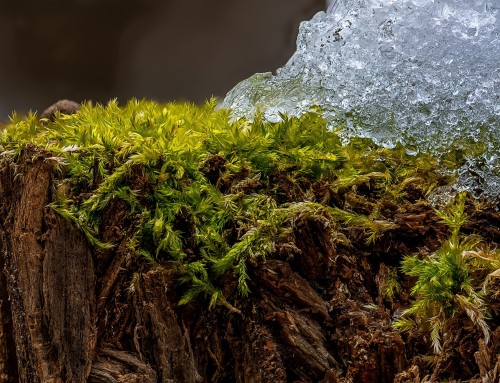


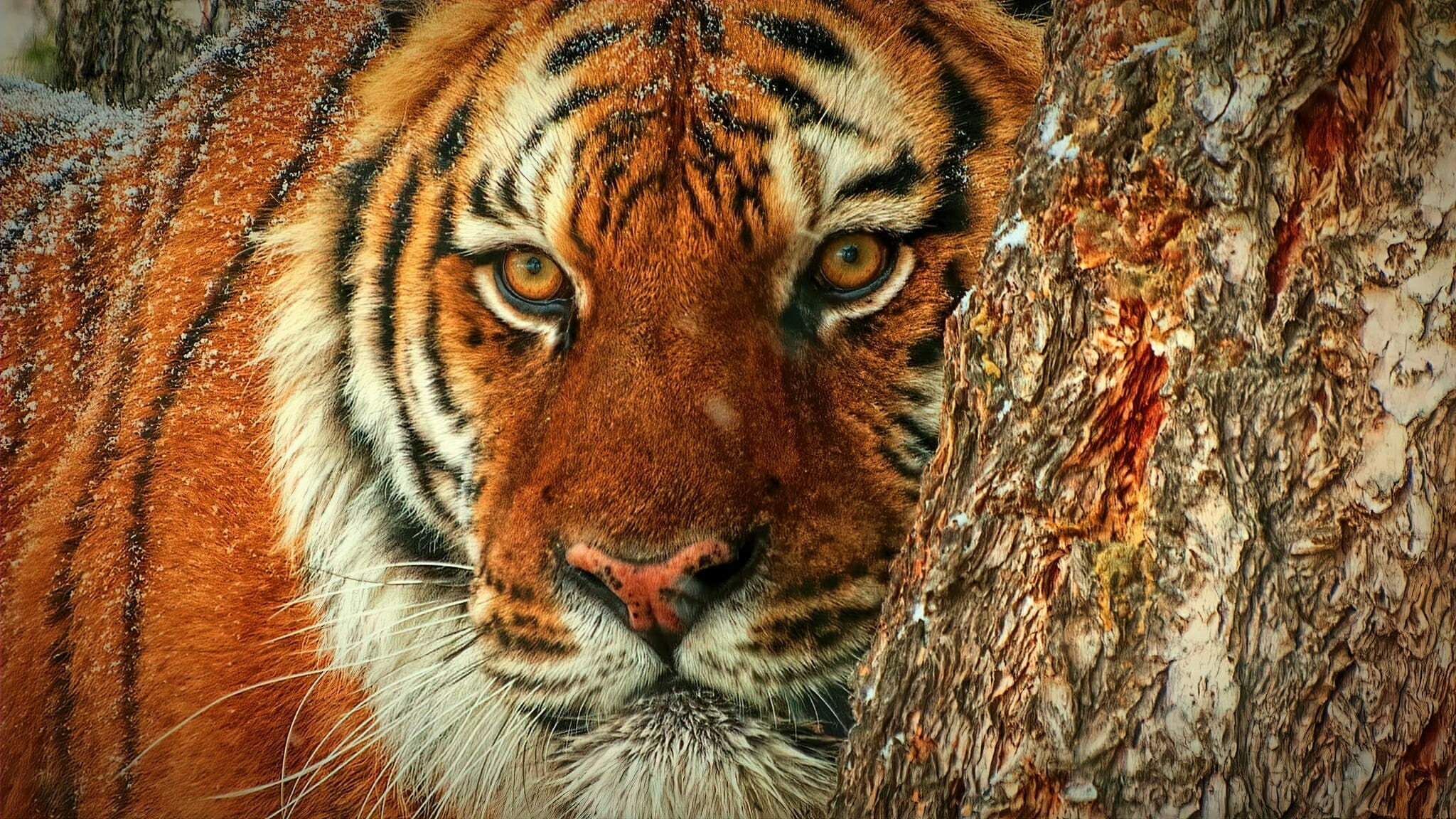
Leave A Comment
You must be logged in to post a comment.